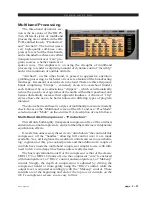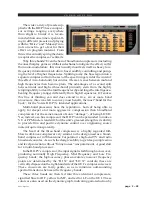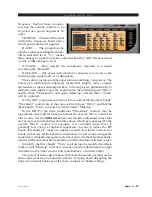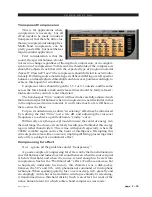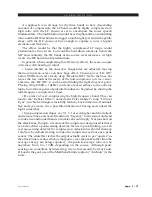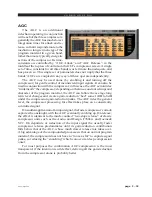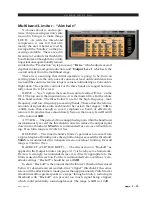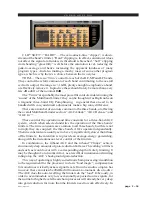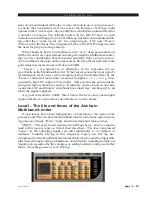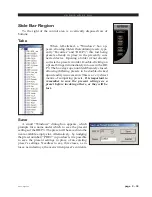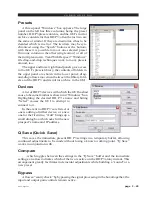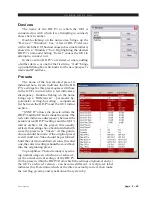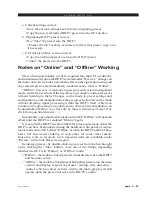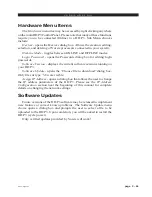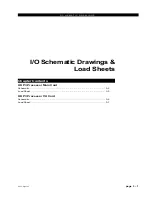
V O R S I S H D P 3 G U I
page 2 – 35
HD P3 / Aug 2006
days of old, and indeed still today, it was common to use a ‘pre-processor’,
to ensure that a consistent level was sent to the limiters so that they could
operate in their “sweet spot”, above and below which their sound suffered for
a number of reasons. The triband limiters in the HD P3 have no such
limitations and will happily work 30+dB deep, but that can sound breathtak-
ing when they “come up for air” in a program gap; AGC and “Freeze”
(below) solve that issue. The integrated AGCs in the HD P3 dispense with
the need for pre-processing entirely.
What should be borne in mind here is that “very” deep gain reductions
will be the norm, are expected and encouraged, using the Multiband Limiter;
they are the combination of that incurred normally from a pre-processor /
AGC and that of the main airchain processor. Be not of faint heart when the
gain-reduction meter zooms well beyond 20dB.
“Freeze” — An adjunct to or alternative to the expander, for use
specifically in the Multiband Limiter. If the freezer senses the input signal’s
instantaneous level to the section dropping below the threshold set by the
“Freeze” control for more than 1/4 second, it applies a v e r y l o n g time-
constant to the AGC (approx 30 seconds). This prevents the gain suddenly
rising precipitous amounts, causing “breathing” and such noises, and also
means the AGC and limiters’ sidechains have much less “catching up” to do
when the signal reappears.
A typical threshold is -40dB; this is below the level of any meaningful
signal, and above room noises and well above system noises.
Loud! - The life and times of the Airchain
Multiband Limiter
No pretences here about transparency or naturalness; the name of the
game is Loud. This is where the Multiband Limiter (Airchain) option excels,
Aggressive settings, “Drive” high, and short attack and release times.
MIDS — The ear is most sensitive at mid frequencies - aim to compress
hard in this region, more so in fact than elsewhere. The less compressed
“space” in the adjoining bands can add significantly to an illusion of
loudness. Consider EQ’ing in this frequency region, too. EQ’ing pre-
compressor has the benefit that an amount of EQ which would be impossible
otherwise (through eating up headroom and just plain sounding horrid) just
happily gets squashed by the compressor, adding a density and power rather
than a screeching sense of over-EQ’ing.







